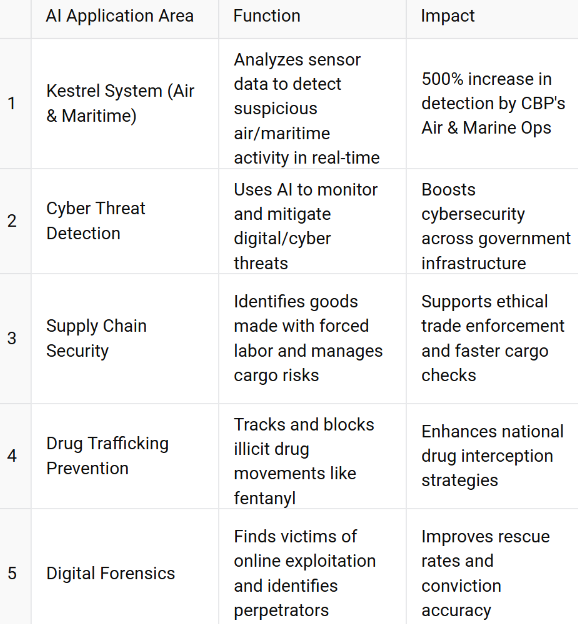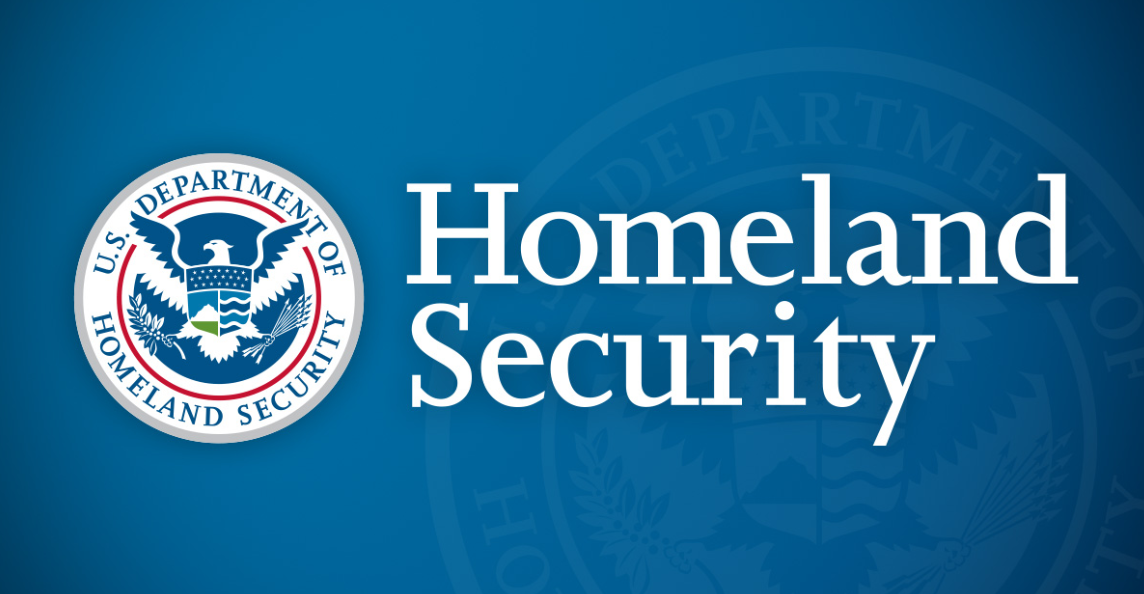How Artificial Intelligence Is Revolutionizing DHS Threat Alerts Across America is not just a headline—it’s a clear reflection of a major transformation in how the United States protects its people using cutting-edge AI technologies to predict and neutralize threats before they escalate.
Why This Matters to Every American
The Department of Homeland Security (DHS) is turning to artificial intelligence to overhaul its threat detection capabilities across land, sea, air, and cyberspace. With rising cyber threats, drug trafficking, and complex cross-border risks, AI offers an unmatched advantage in processing massive data and identifying patterns human analysts might miss. DHS’s AI-driven initiatives mark a pivotal shift in America’s national security strategy—making surveillance faster, smarter, and more proactive.
DHS’s Kestrel System: AI at the Heart of National Security
The Kestrel system—developed by DHS’s Science and Technology Directorate (S&T)—is a next-gen AI platform that processes live data from air and maritime sensors to detect threats in real-time.
In 2023, Kestrel was credited with a 500% increase in suspicious activity detection by U.S. Customs and Border Protection’s Air and Marine Operations Center. This leap highlights how AI dramatically improves surveillance across U.S. entry points and territorial borders.
Key Functions of Kestrel:
- Real-time scanning of aerial and maritime zones
- Automated anomaly detection
- Integrated AI alerts for faster agent response
DHS Expands AI Across Multiple Operations
Artificial intelligence is not limited to border control. DHS is implementing AI across critical operations. The table below breaks down the main areas and the specific advantages gained through AI use.

This breakdown includes:
- Threat detection in cyberspace
- Screening of cargo and identifying goods made with forced labor
- Tracking of synthetic drugs like fentanyl
- AI tools used to locate victims of child exploitation online
Ethical Deployment: The AI Safety & Security Board
To ensure AI systems are not only powerful but also trustworthy, DHS has created the Artificial Intelligence Safety and Security Board. The board focuses on:
- Risk mitigation strategies for AI misuse
- Secure development protocols for all AI-based tools
- Data governance across DHS and its partners
- Oversight of ethical usage, especially in surveillance and policing
This proactive oversight model makes the DHS approach more credible, transparent, and acceptable to the American public.
AI Tackling Emerging Threats in 2025 and Beyond
DHS’s AI strategy is built to respond not just to present challenges, but also to future risks. Key focus areas include:
- Election Disinformation: AI models monitor online chatter to detect false narratives targeting democratic institutions.
- Cyber Intrusions: Advanced algorithms monitor federal systems for anomalies signaling breaches or malware injections.
- Domestic Extremism: AI assists in evaluating risk levels by analyzing patterns in communication, behavior, and movement.
Real-Time Success: Case Example from Air Surveillance
A recent simulation revealed that AI-assisted drones operating through the Kestrel system reduced threat identification time by 70% compared to human-only surveillance teams. This performance edge is critical when dealing with fast-moving threats like unauthorized aircraft or maritime vessels in U.S. territory.
DHS Threat Alerts Across America, Challenges and Future Goals for DHS AI Systems
While AI integration is promising, DHS faces challenges including:
- Ensuring algorithm transparency
- Training personnel for AI oversight roles
- Balancing surveillance with privacy rights
- Avoiding overdependence on automated decisions
The long-term goal is not to replace human judgment, but to enhance it—making decisions smarter, faster, and more grounded in evidence.
Conclusion: AI Is Reshaping America’s National Security
DHS’s modernization through artificial intelligence is not a trend—it’s a structural shift in how the United States protects its citizens. From border surveillance to cybersecurity and ethical oversight, AI enables faster, smarter, and more effective decisions.
With initiatives like the Kestrel system and a clear commitment to responsible use, DHS is not just adapting to the future—it’s shaping it. For readers and citizens alike, this signals a safer, more technologically advanced America.
[USnewsSphere.com / dhs]





